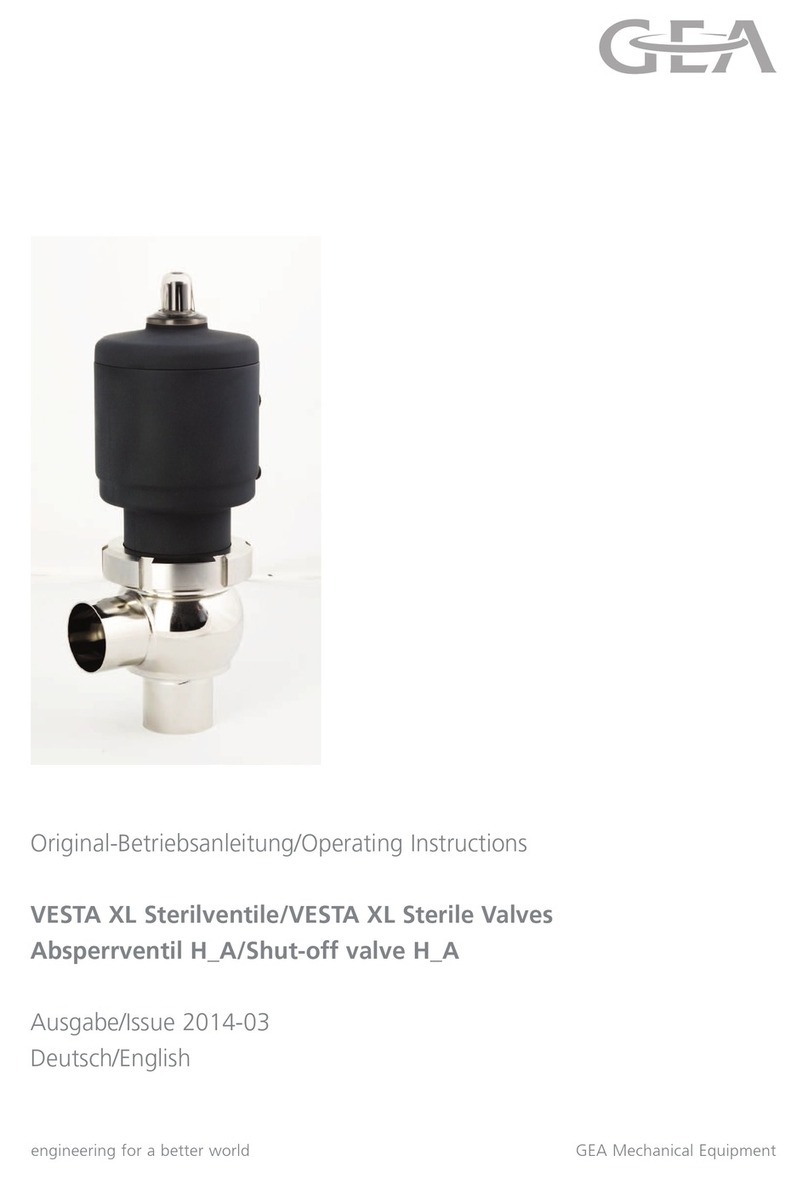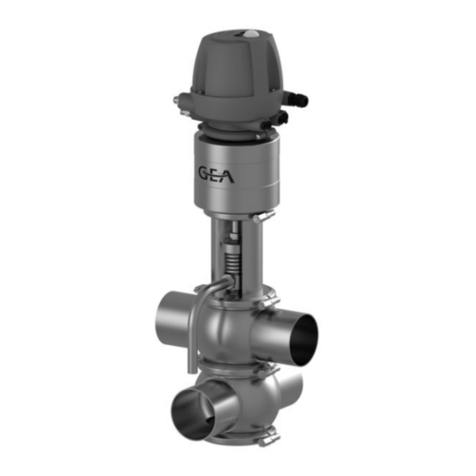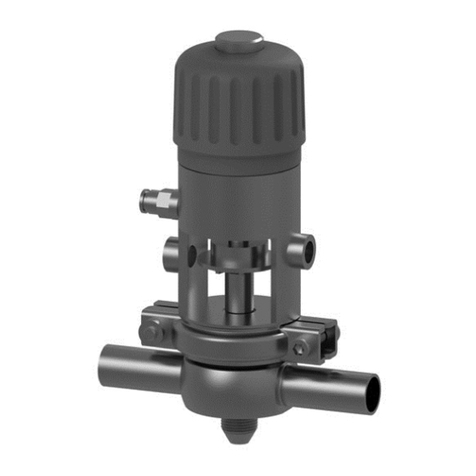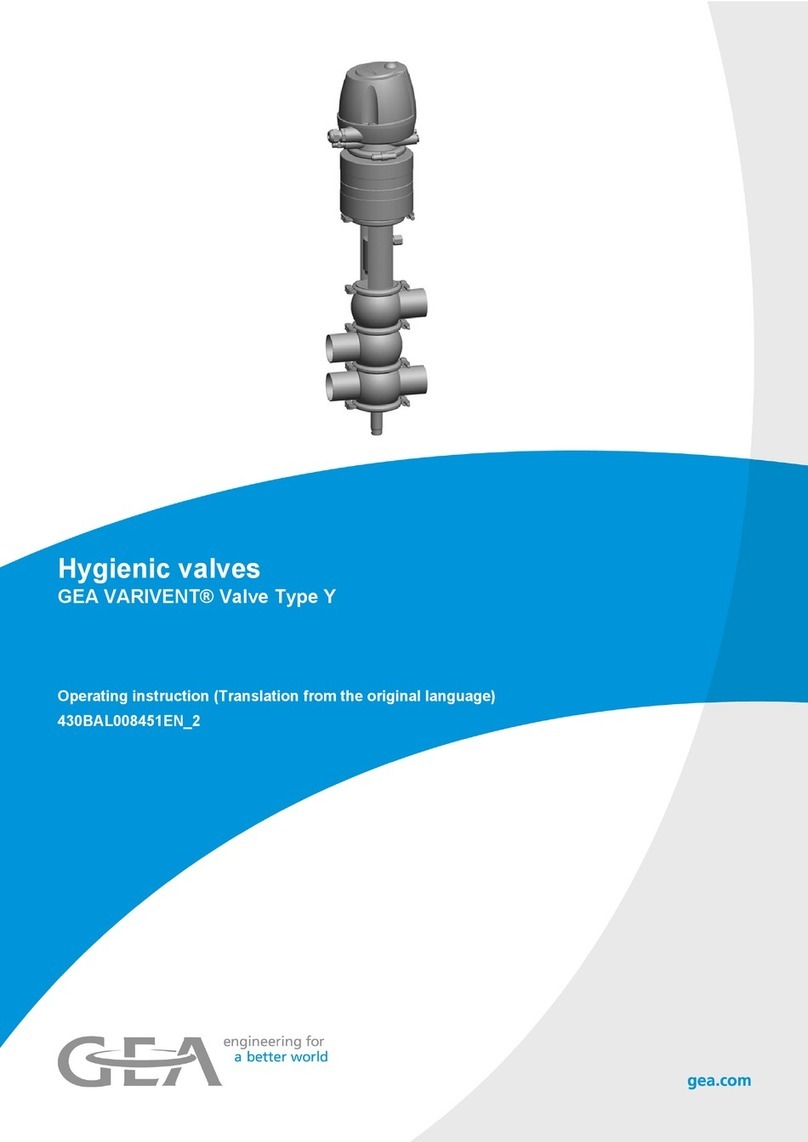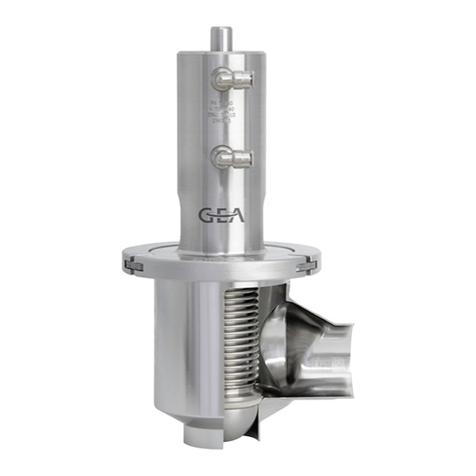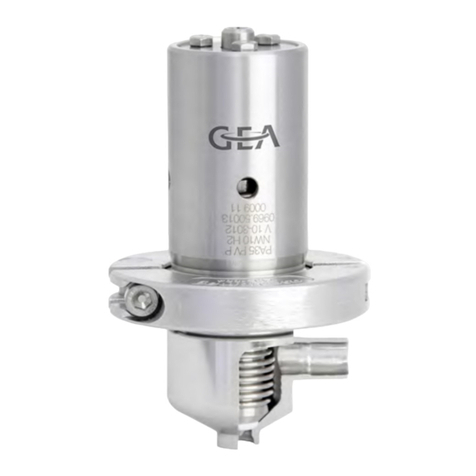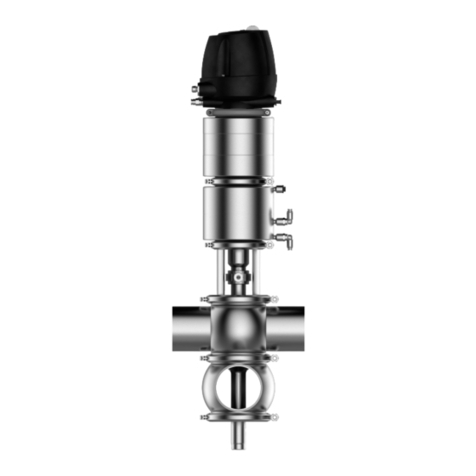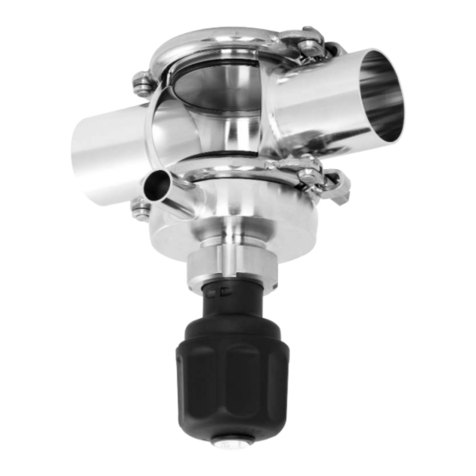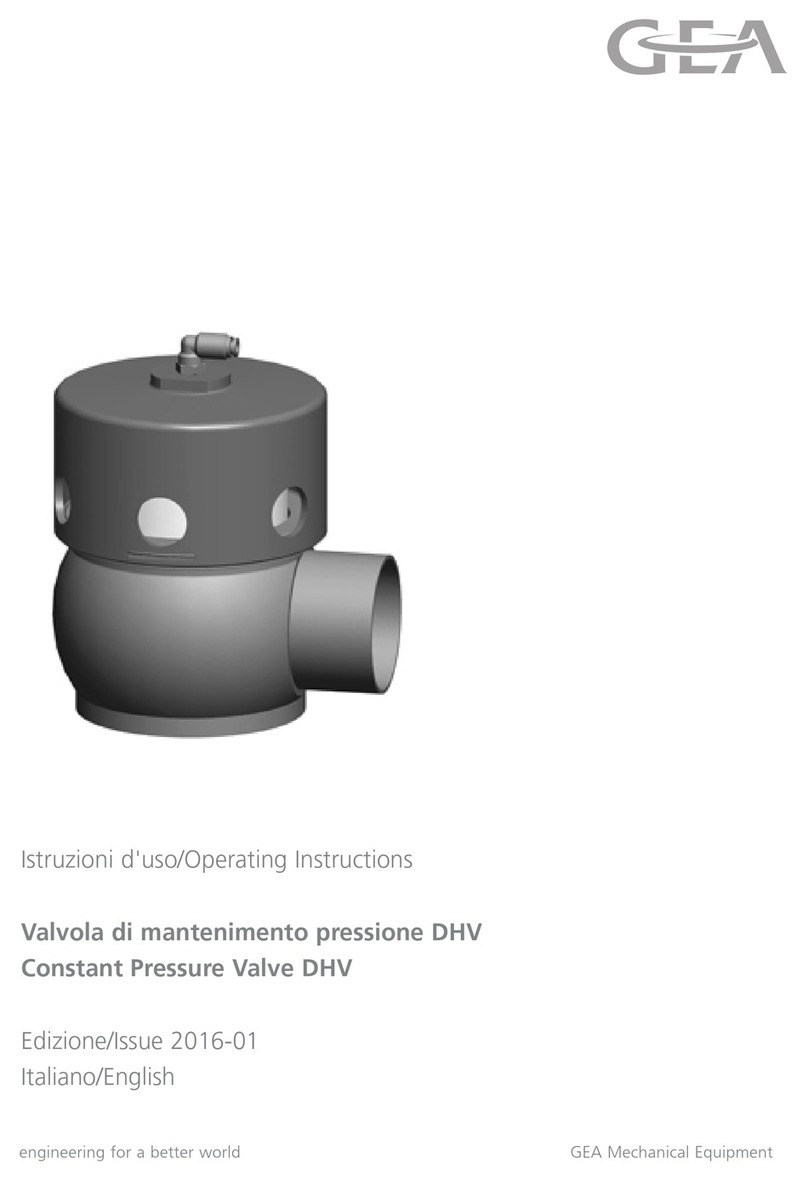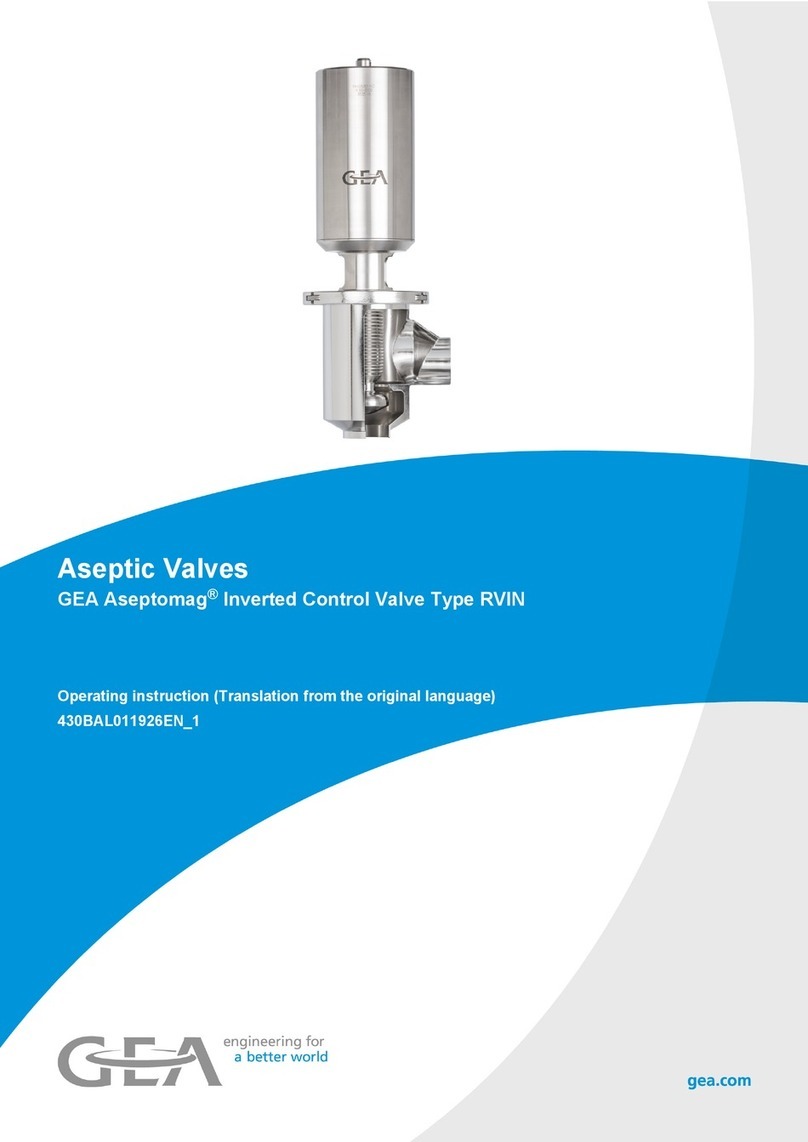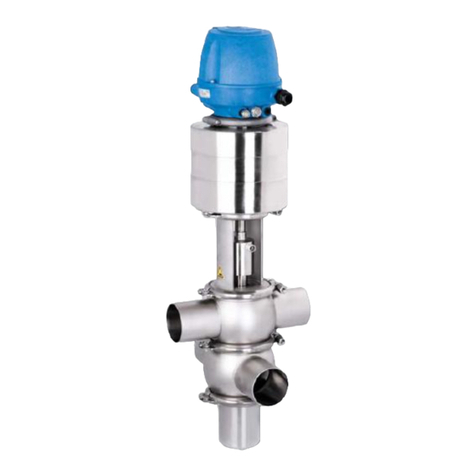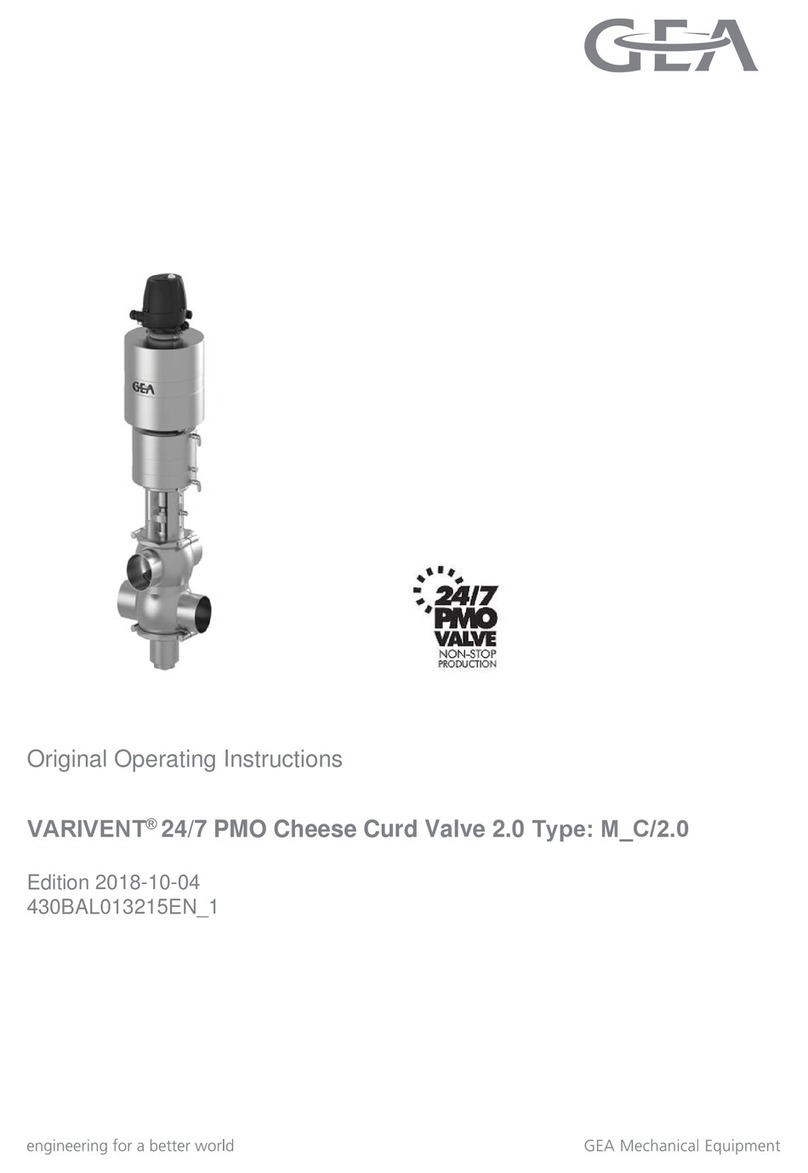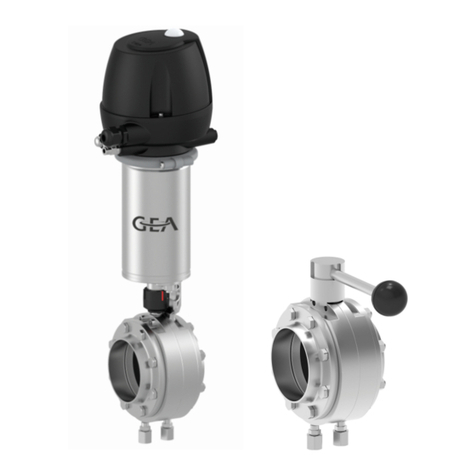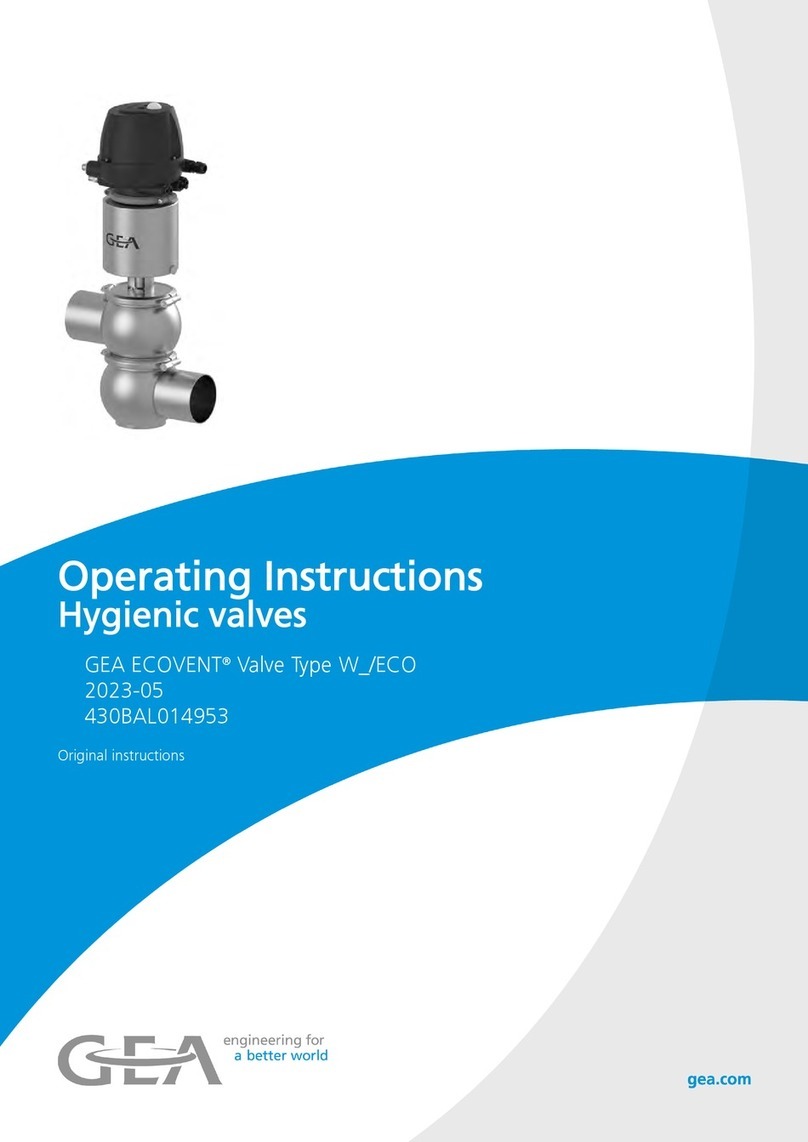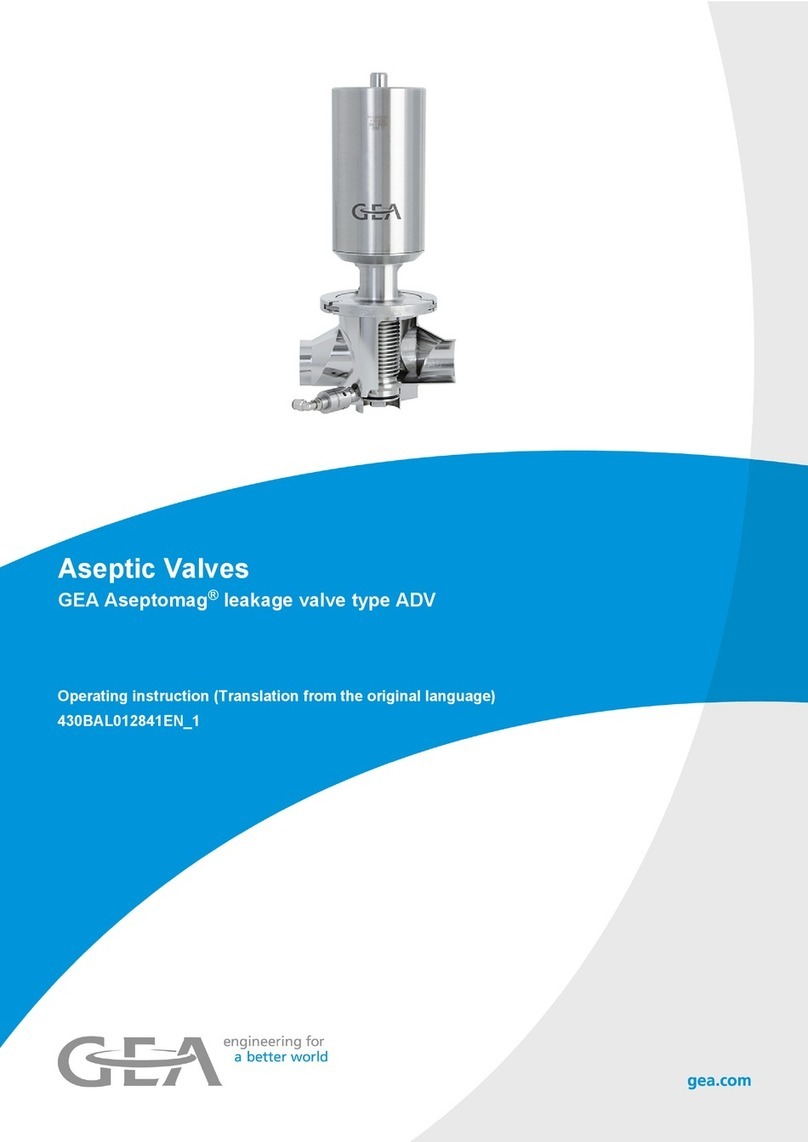
information contained in this brochure merely serves as a non
binding description of our products and is without guarantee. Binding information, in particular relating to capacity data an
d suitability for specific applications, can only be provided wit
the framework of concrete
inquiries. Printed on chlorine-free bleached paper · Printed in Germany · Subject to modification
Die Sicherheitseinrichtungen müssen dauerhaft leitend
mit der Gesamtanlage verbunden sein; die
Gesamtanlage kann für sich geerdet werden oder in
den Potentialausgleich des Gebäudes eingebunden
werden. Der Potentialausgleich ist vom Betreiber in
regelmäßigen Abständen zu überprüfen.
Abgänge zu Sicherheitseinrichtungen sollten nicht
anderen Abzweigungen gegenüber liegen.
Sicherheitsventile sind gegen schädigende äußere
Einflüsse (z. B. Witterungseinflüsse), die
funktionshemmend sein können, zu schützen.
Sicherheitsventile aus unlegierten Gehäuseteilen sind
dauerhaft gegen Korrosionsbildung zu schützen.
Übertragungen von Vibrationen auf das
Sicherheitsventil sind zu vermeiden.
Abblaseleitungen müssen, unter Berücksichtigung der
örtlichen Betriebsverhältnisse, so bemessen und
verlegt sein, dass die statischen dynamischen
Reaktionskräfte sowie die thermischen
Beanspruchungen sicher aufgenommen werden
können. An Sicherheitseinrichtungen, bei denen durch
das Austreten eines zündfähigen Mediums direkt oder
indirekt Gefahren für die Personen oder die in der
Umgebung befindlichen Zündquellen entstehen,
müssen geeignete Schutzmaßnahmen getroffen
werden (z.B. Abblasen in eine sichere Umgebung).
Die empfohlenen Explosionsbegrenzungsmaßnahmen
bzw. die Empfehlungen für das Tragen der
persönlichen Schutzausrüstung im Sinne der Produkt-
Sicherheitsdatenblätter sind zwingend beim Lösen von
Verschraubungen oder Entspannen der Druckfeder zu
beachten und einzuhalten.
Instandsetzungsmaßnahmen an den
Sicherheitseinrichtungen dürfen ausschließlich nur
durch den Gerätehersteller durchgeführt werden. Ein
Wechsel der Sicherheitseinrichtung darf nur im
gesicherten drucklosen Zustand der Anlage und deren
Leitungen durchgeführt werden. Bei brennbaren
Gasen wie z.B. Propan, Butan, Methan, etc., ist
funkenarmes Werkzeug hierzu zu verwenden. Bei der
Verwendung von Ammoniak als Kältemittel sind
besondere Sicherheitsmaßnahmen zu beachten (siehe
The safety devices must be connected conductive to
the entire plant; the entire plant can be grounded on its
own or included into the potential equalization of the
building. The operator has to check the potential
equalization in regular intervals.
Outlets to safety devices should not front other branch
points.
Safety valves must be protected against damaging
influences from outside (e. g. climatic influences)
which might impair their functionality.
Safety valves made of unalloyed body parts must be
permanently protected against corrosion.
Transferring vibrations to the safety valve has to be
avoided.
Discharge pipes must be dimensioned and installed in
a way to securely absorb the static dynamic reaction
forces as well as the thermic stresses. The local
operating conditions have to be considered. Safety
devices that are subject to discharging incendive
media and therefore constitute a direct or indirect
hazard to persons and ignition sources in their
environment must be appropriately protected (e. g.
discharging into a safe environment).
The recommended steps to limit potential explosions,
resp. the recommendations for wearing personal
protection equipment have to be attended and
followed mandatorily when screw connections are
being loosened or the pressure spring is being
slackened.
Safety devices may be exclusively maintained by the
manufacturer.
Safety devices may only be replaced when the plant
and its pipes are secured and depressurized. When
inflammable gases such as propane, butane, methane
are being used this has to be done with tools that do
not create sparks.
When ammonia is being used as refrigerant, special
safety instructions have to be followed (see safety data
sheet).
